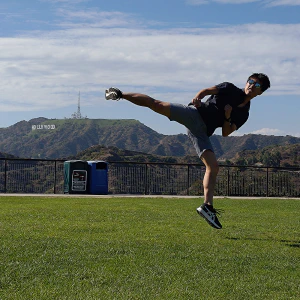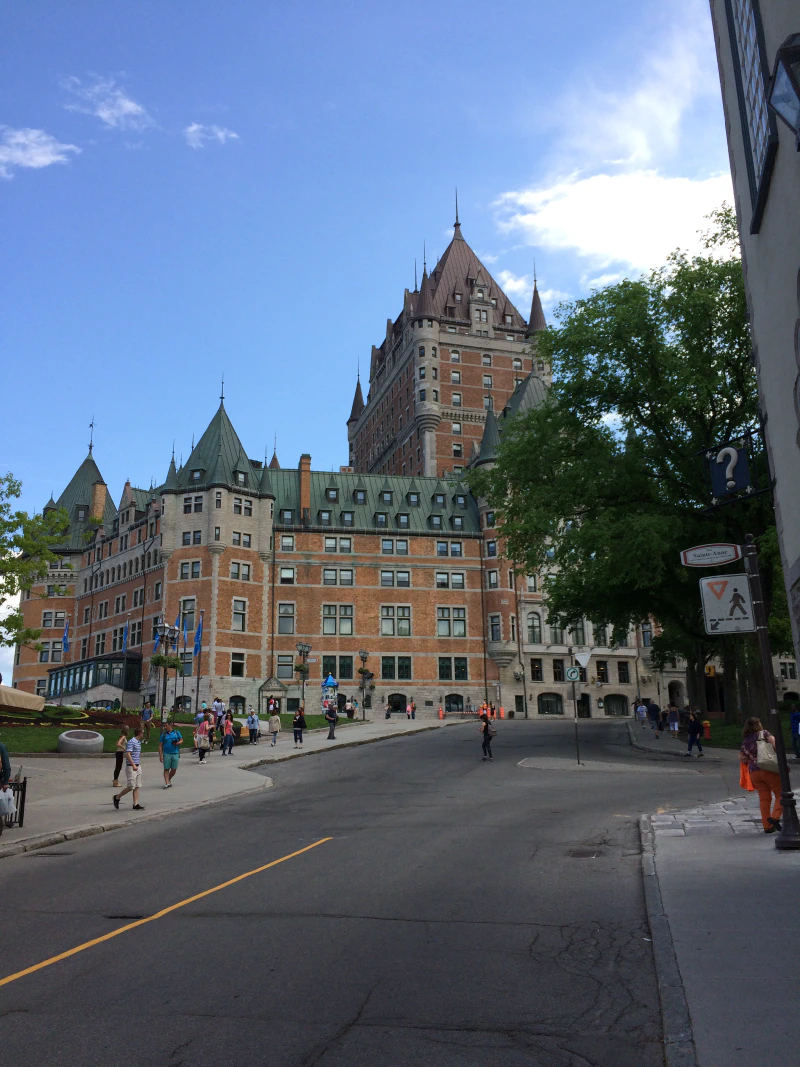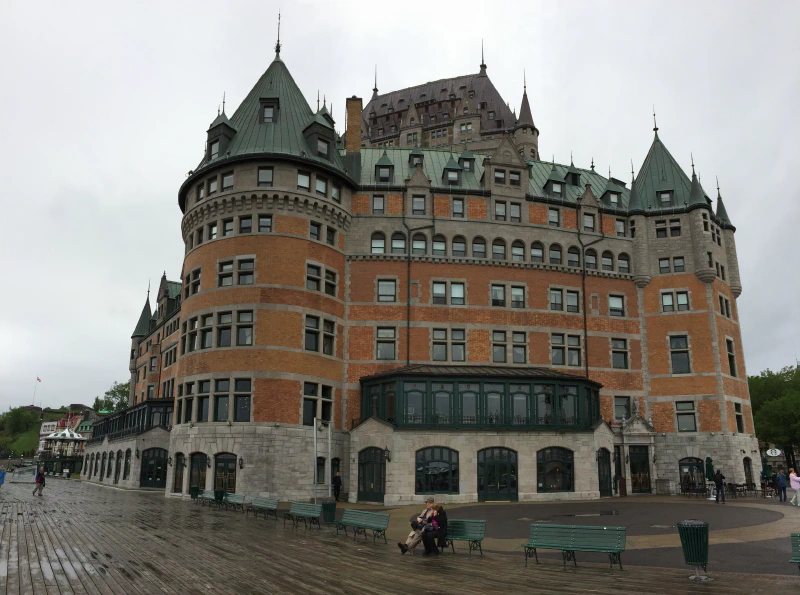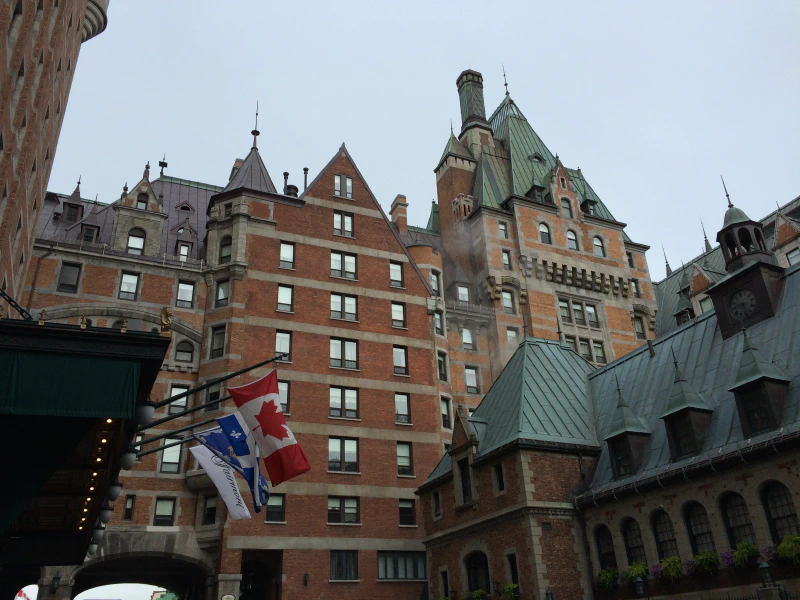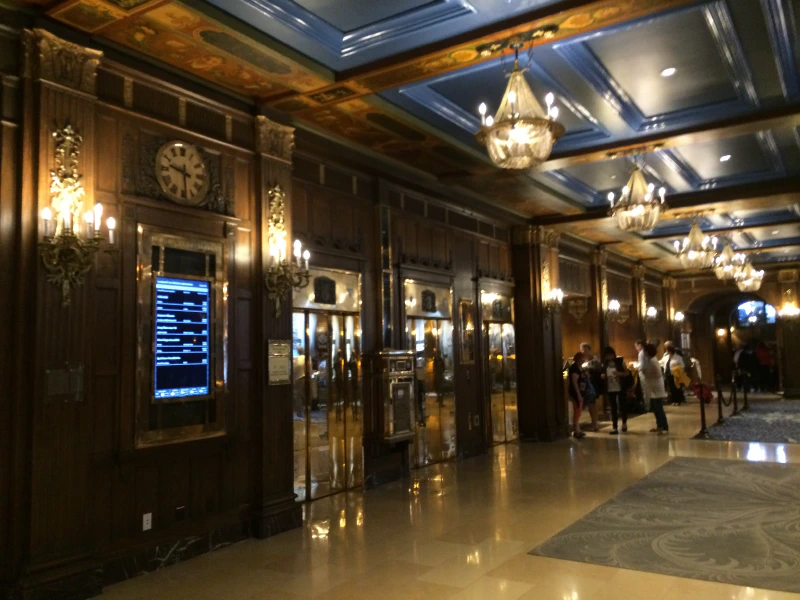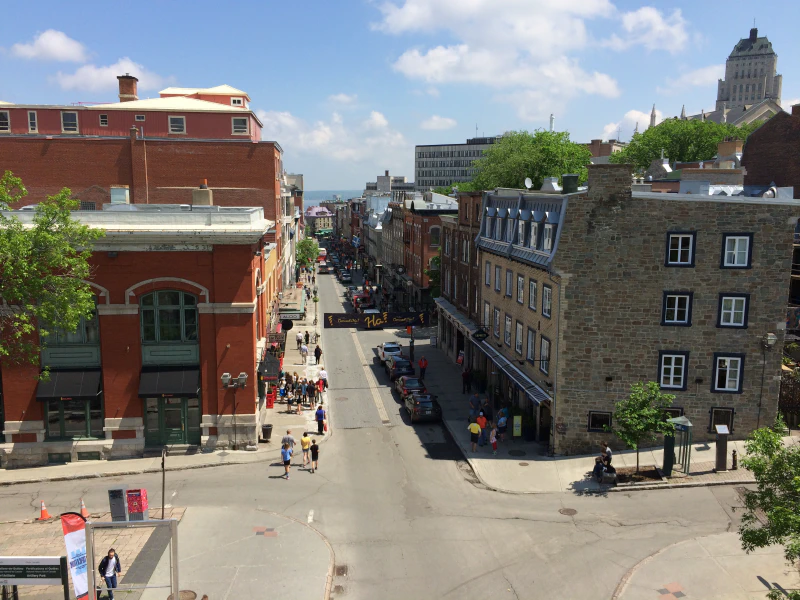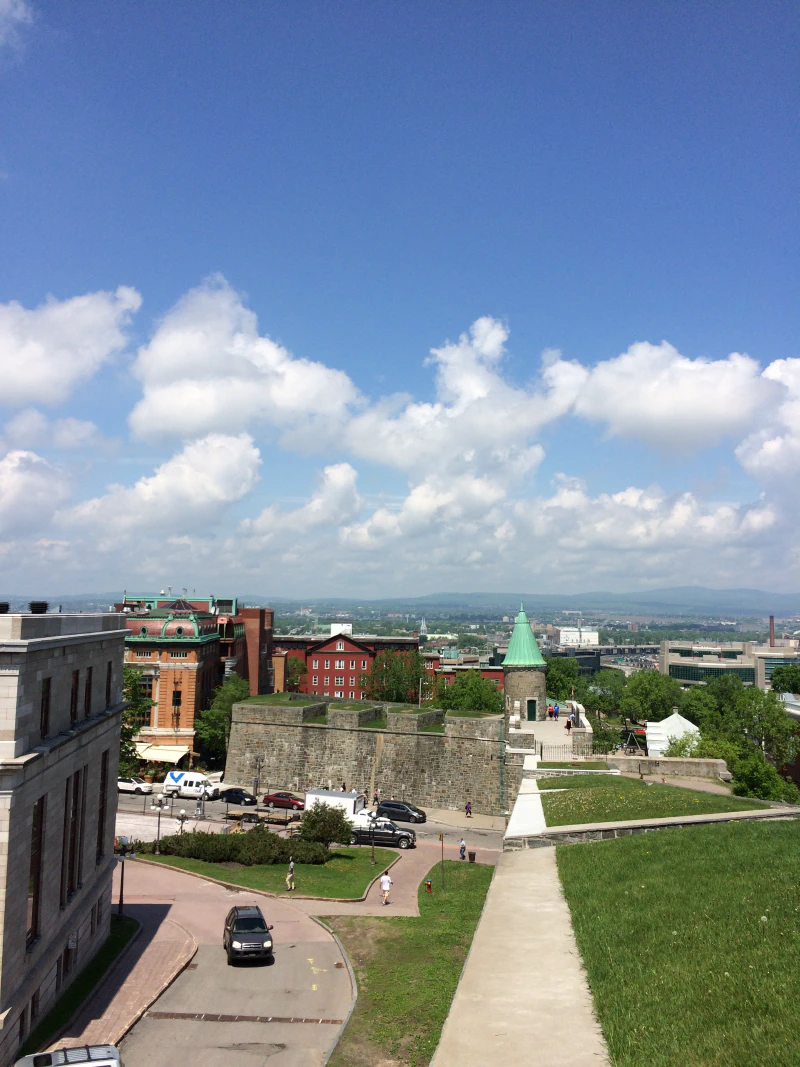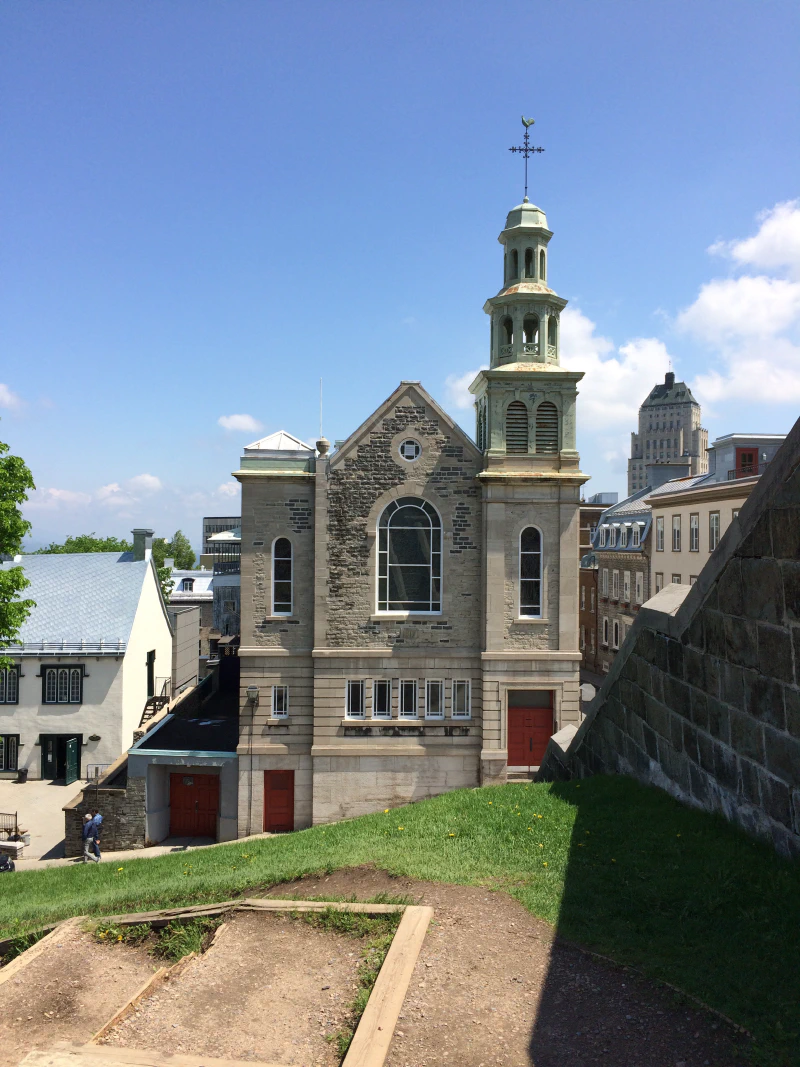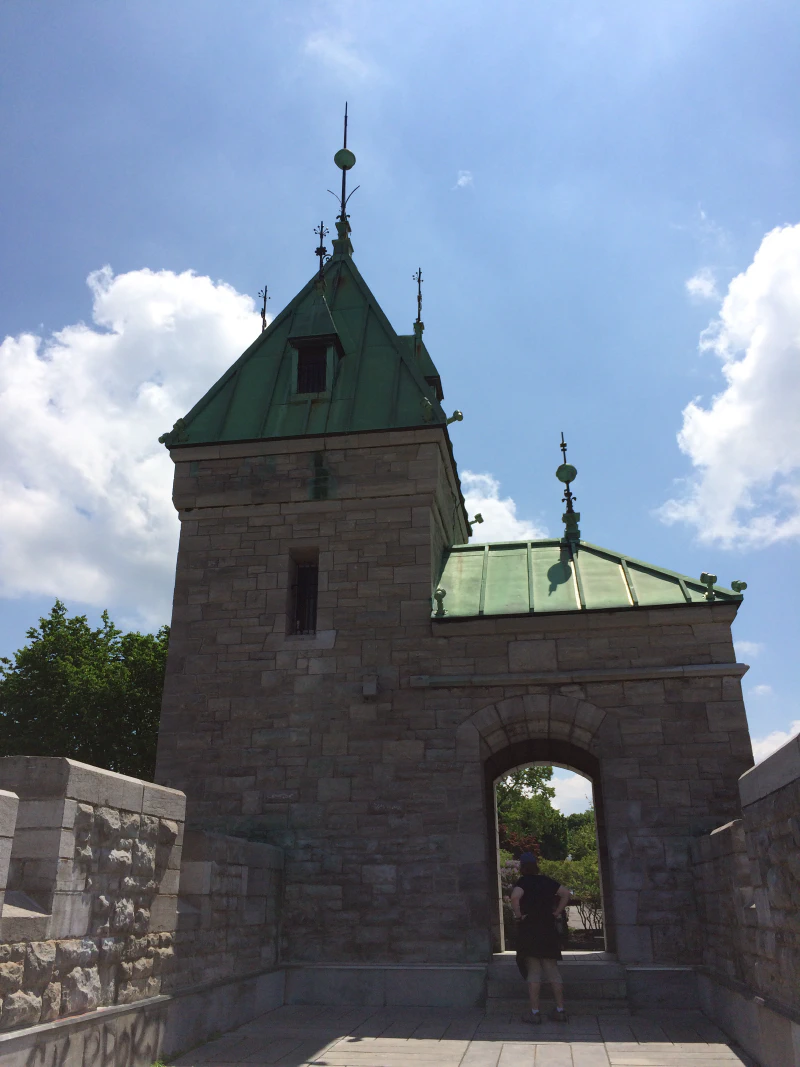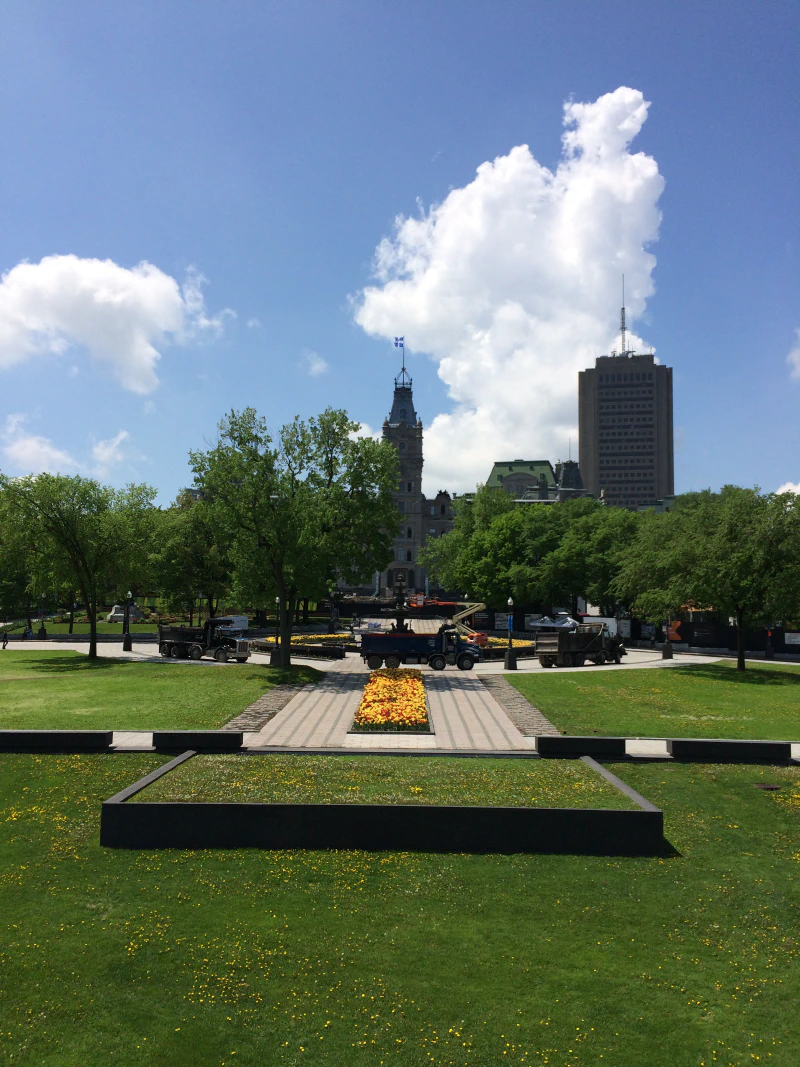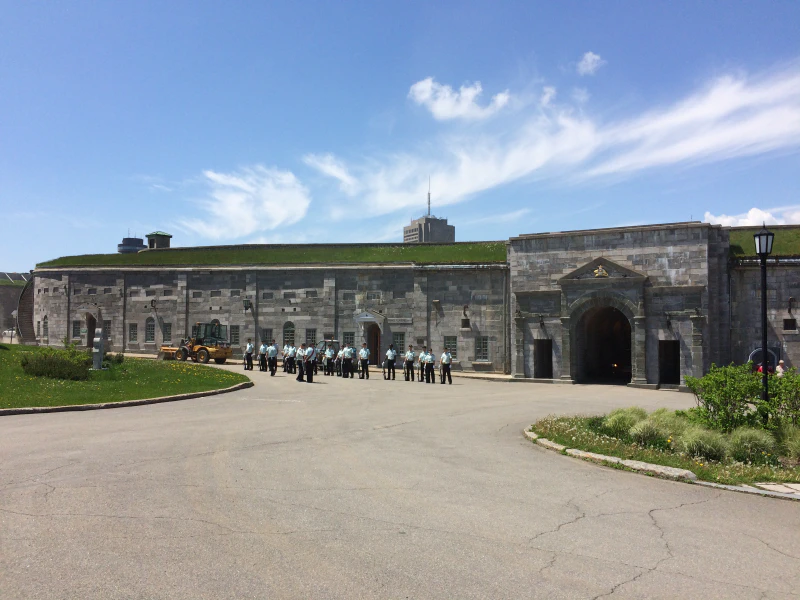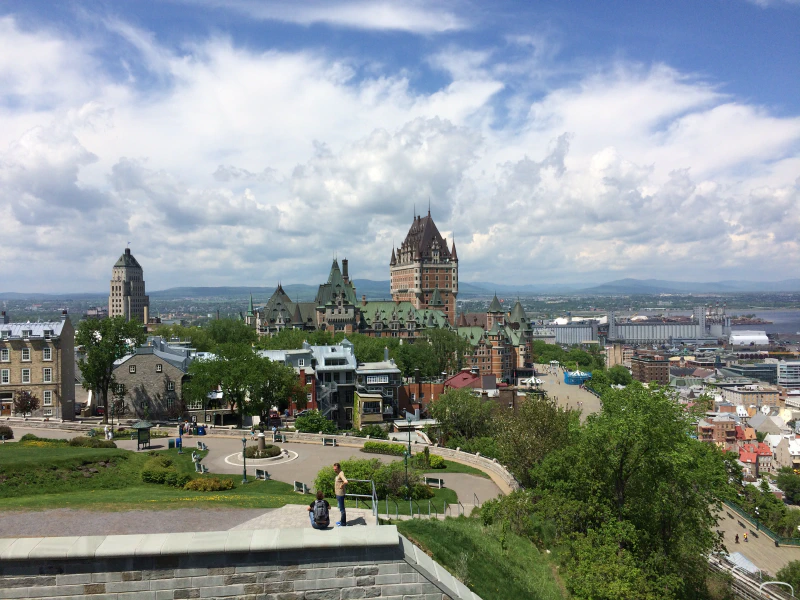Posted
on
in
New England Trip
• 1243 words
• 6 minute read
Tags:
Canada, Chateau de Frontenac, Citadelle, Cruise, Quebec, Quebec City, Travel
Today we went on a walking tour of Quebec City.
Lower Town
Quebec City is divided into two parts, the upper town and the lower town. The dividing line is a tall cliff, so the upper town is literally above the lower town. The lower town is the part of the town closest to the water and therefore closest to the place where we docked.
After meeting our guide, we walked past a building that used to be the customs building. The building used to be right next to the river, but today it is about a hundred metres (328 ft). Like many other major cities built on rivers, Quebec has filled in much of the land near the St. Lawrence River over the years.
Our guide led us through the streets of Lower Town Quebec. There were many fancy shops, restaurants, and hotels in the lower town. One very nice hotel was built over the area of a former dock and during the construction, some of the stone of the old dock was found. We went into the hotel lobby and saw the remains of the wall. In the lobby there were a few models that show what the dock looked like at a few different points in history. Out on the street in front of the hotel, they had put darker coloured bricks in a few places to show the shoreline at those same points in history.
The streets were very pretty and I can understand why all of Quebec City’s Old Quarter is a UNESCO World Heritage Site.
Upper Town
After walking around the Lower Town, we rode the funicular to the upper town (you will recall that the Upper Town is literally on a cliff above the Lower Town). A funicular is a cross between a tram and an elevator. Essentially a small car is pulled up and down by cables but the car is on very steeply inclined railroad tracks.
Once at the top of the cliff, we walked around the Upper Town. The most prominent structure in the Upper Town is the Chateau de Frontenac, a large hotel and supposedly the most photographed hotel in the world. The name comes from a famous Quebecer in the 1600s. It was built in sections and started out as a U shaped building. After another building was constructed somewhere else in Quebec that was taller than the Frontenac, they built the iconic tower to once again be the tallest building in the city. Still later, they built a fourth wing to make a complete square shape around the tower.
We went inside the hotel to see the interior of the lobby. It is very grand.
As with the Lower Town, the Upper Town has many nice shops and restaurants. We walked around and our guide talked about at a bunch of the buildings. At one spot, there is a cathedral with a Holy Door. According to Catholic teaching, if you walk through this door, your sins will be forgiven. There are only seven holy doors in the entire world. At another spot we passed a street where a bunch of artists set up stands to display their work.
After walking around the Upper Town we left the Old Town via one of the many gates in the wall around Old Town Quebec. We walked a little bit to a cafe where we ate a small pastry before saying goodbye to our guide. She gave us a few suggestions on where to go after our pastry and we decided that we wanted to walk the city wall and visit the citadel.
Walking the Wall
We walked a good distance along the wall and got some great pictures of it and the views from it. Here are some of the best photographs.
Citadel
The citadel was connected to the wall and we decided to visit it and take the guided tour of the premises.
History of the Citadel
The Quebec Citadelle (that’s how they spell it in French) has gone through many evolutions. The oldest buildings still standing are a couple powder magazines. All of the other buildings were either added later or destroyed.
Quebec City was invaded six times. The French controlled Quebec first, but the British and French swapped control of Quebec a couple times before the Seven Years War (known in the States as the French and Indian War). During that war, Britain cemented its control of Canada when the French withdrew from all Canadian holdings. The famous battle of that war was the battle on the Plains of Abraham in which the British routed the French in just a few minutes. The generals of both sides died during the battle, the French one saying that he was glad that he did not have to see his city held by the British and the British one saying that he was happy to know that he won the day.
During the War of Independence, Americans attacked the British stationed in Quebec in an attempt to take Canada for the United States. At that point, the Patriots in what would become the States thought that the Canadians would join the rebellion so they were merely trying to eliminate the British threat from Quebec. The Americans suffered huge losses because they attempted to attack during the winter and ran into a snow storm with their summer gear on.
Later, during the War of 1812, the Americans again attacked Canada in an attempt to rid North America of all British influence. This attack, too, failed. The attack was enough to warrant a new citadel to protect against any threats. The new citadel was never attacked. I guess the Americans finally figured that the Canadians were too stubborn to join the Union.
Our Tour
Our tour guide was very good and engaging. She took us all around the citadel and showed us many interesting things. The entire complex is actually active military so we couldn’t just wander alone and there were actual military people in the compound. The first stop was the parade grounds where they perform a changing of the guard ceremony during the summer. We were a bit early to see it (they don’t start for another few weeks) but we got to see them practising.
We then walked to the powder house where there was a small museum about life in the citadel during the time when it was a more active military base. The powder store was designed with very thick walls, but a weak ceiling so that if it were to explode, the blast would mainly go up and not out therefore reducing the damage to people and structures in the vicinity.
We walked around looking at some of the other buildings in the citadel including one for the commander in the citadel and one which is the summer or winter home of the Governor General.
We visited another museum as well which had many artifacts on display from the citadel and explained some of the other history of the citadel that I have described above.
At the end of the tour we stopped at a very large cannon. This cannon had a range of about 5km (3mi) and protected the Quebec harbor. From this vantage point, we were able to get great pictures of the city.
Evening
We returned to the boat by walking down one of the stairways down the cliff face.
The evening proceeded as normal.
